Python & Machine Learning for Financial Analysis
Loại khoá học: Finance
Master Python Programming Fundamentals and Harness the Power of ML to Solve Real-World Practical Applications in Finance
Mô tả
Are you ready to learn python programming fundamentals and directly apply them to solve real world applications in Finance and Banking?
If the answer is yes, then welcome to the “The Complete Python and Machine Learning for Financial Analysis” course in which you will learn everything you need to develop practical real-world finance/banking applications in Python!
So why Python?
Python is ranked as the number one programming language to learn in 2020, here are 6 reasons you need to learn Python right now!
1. #1 language for AI & Machine Learning: Python is the #1 programming language for machine learning and artificial intelligence.
2. Easy to learn: Python is one of the easiest programming language to learn especially of you have not done any coding in the past.
3. Jobs: high demand and low supply of python developers make it the ideal programming language to learn now.
4. High salary: Average salary of Python programmers in the US is around $116 thousand dollars a year.
5. Scalability: Python is extremely powerful and scalable and therefore real-world apps such as Google, Instagram, YouTube, and Spotify are all built on Python.
6. Versatility: Python is the most versatile programming language in the world, you can use it for data science, financial analysis, machine learning, computer vision, data analysis and visualization, web development, gaming and robotics applications.
This course is unique in many ways:
1. The course is divided into 3 main parts covering python programming fundamentals, financial analysis in Python and AI/ML application in Finance/Banking Industry. A detailed overview is shown below:
a) Part #1 – Python Programming Fundamentals: Beginner’s Python programming fundamentals covering concepts such as: data types, variables assignments, loops, conditional statements, functions, and Files operations. In addition, this section will cover key Python libraries for data science such as Numpy and Pandas. Furthermore, this section covers data visualization tools such as Matplotlib, Seaborn, Plotly, and Bokeh.
b) Part #2 – Financial Analysis in Python: This part covers Python for financial analysis. We will cover key financial concepts such as calculating daily portfolio returns, risk and Sharpe ratio. In addition, we will cover Capital Asset Pricing Model (CAPM), Markowitz portfolio optimization, and efficient frontier. We will also cover trading strategies such as momentum-based and moving average trading.
c) Part #3 – AI/Ml in Finance/Banking: This section covers practical projects on AI/ML applications in Finance. We will cover application of Deep Neural Networks such as Long Short Term Memory (LSTM) networks to perform stock price predictions. In addition, we will cover unsupervised machine learning strategies such as K-Means Clustering and Principal Components Analysis to perform Baking Customer Segmentation or Clustering. Furthermore, we will cover the basics of Natural Language Processing (NLP) and apply it to perform stocks sentiment analysis.
2. There are several mini challenges and exercises throughout the course and you will learn by doing. The course contains mini challenges and coding exercises in almost every video so you will learn in a practical and easy way.
3. The Project-based learning approach: you will build more than 6 full practical projects that you can add to your portfolio of projects to showcase your future employer during job interviews.
So who is this course for?
This course is geared towards the following:
Financial analysts who want to harness the power of Data science and AI to optimize business processes, maximize revenue, reduce costs.
Python programmer beginners and data scientists wanting to gain a fundamental understanding of Python and Data Science applications in Finance/Banking sectors.
Investment bankers and financial analysts wanting to advance their careers, build their data science portfolio, and gain real-world practical experience.
There is no prior experience required, Even if you have never used python or any programming language before, don’t worry! You will have a clear video explanation for each of the topics we will be covering. We will start from the basics and gradually build up your knowledge.
In this course, (1) you will have a true practical project-based learning experience, we will build more than 6 projects together (2) You will have access to all the codes and slides, (3) You will get a certificate of completion that you can post on your LinkedIn profile to showcase your skills in python programming to employers. (4) All of this comes with a 30 day money back guarantee so you can give a course a try risk free! Check out the preview videos and the outline to get an idea of the projects we will be covering.
Enroll today and I look forward to seeing you inside!
Bạn sẽ học được gì
Master Python 3 programming fundamentals for Data Science and Machine Learning with focus on Finance.
Understand how to leverage the power of Python to apply key financial concepts such as calculating daily portfolio returns, risk and Sharpe ratio.
Understand the theory and intuition behind Capital Asset Pricing Model (CAPM)
Understand how to use Jupyter Notebooks for developing, presenting and sharing Data Science projects.
key Python Libraries such as NumPy for scientific computing, Pandas for Data Analysis, Matplotlib/Seaborn for data plotting/visualization
Master SciKit-Learn library to build, train and tune machine learning models using real-world datasets.
Apply machine and deep learning models to solve real-world problems in the banking and finance sectors
Understand the theory and intuition behind several machine learning algorithms for regression, classification and clustering
Assess the performance of trained machine learning regression models using various KPI (Key Performance indicators)
Assess the performance of trained machine learning classifiers using various KPIs such as accuracy, precision, recall, and F1-score.
Understand the underlying theory, intuition behind Artificial Neural Networks (ANNs), Recurrent Neural Networks (RNNs) & Long Short Term Memory Networks (LSTM).
Train ANNs using back propagation and gradient descent algorithms.
Optimize ANNs hyper parameters such as number of hidden layers and neurons to enhance network performance.
Master feature engineering and data cleaning strategies for machine learning and data science applications.
Yêu cầu
- No prior experience required.
Nội dung khoá học
Viết Bình Luận
Khoá học liên quan

Đăng ký get khoá học Udemy - Unica - Gitiho giá chỉ 50k!
Get khoá học giá rẻ ngay trước khi bị fix.


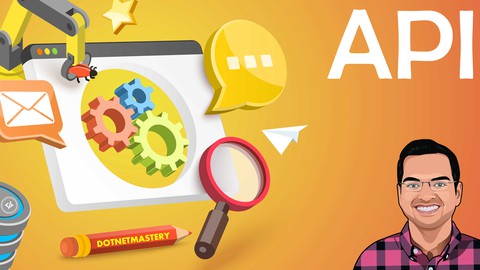



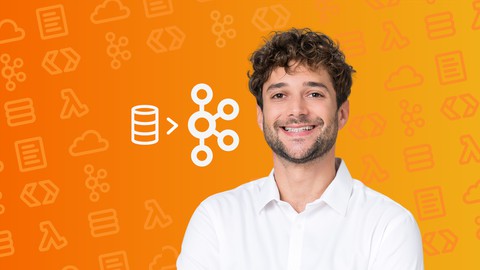




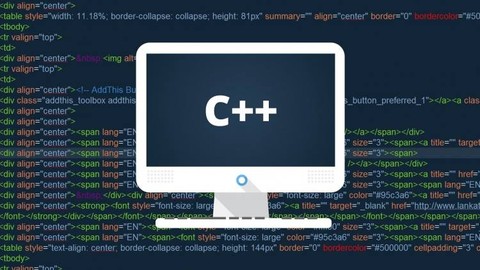
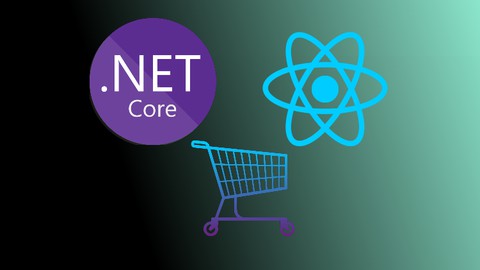

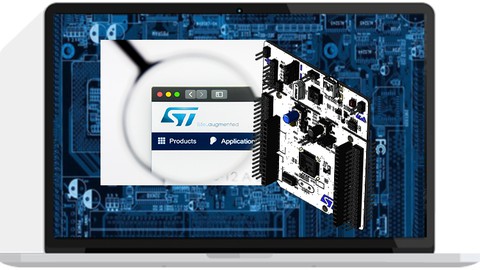


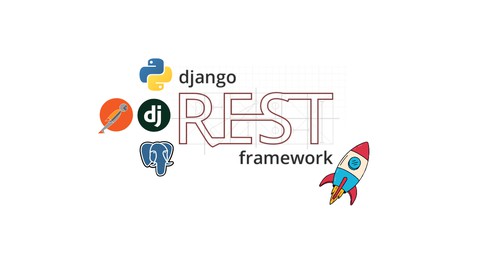
Đánh giá của học viên
Bình luận khách hàng